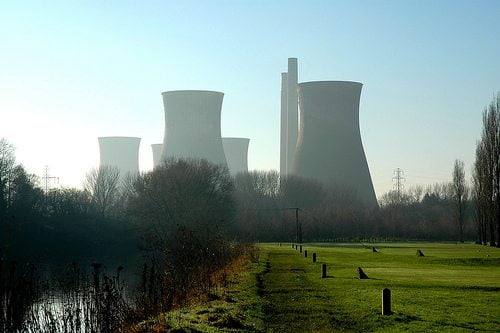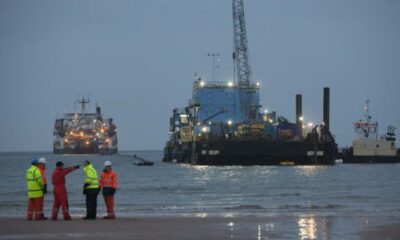

Energy
Distributed electricity production the future: National Grid CEO
In an exclusive interview for World Energy Focus, a publication of the World Energy Council produced by Energy Post, National Grid CEO, Steve Holliday, described large baseload power stations as ‘outdated’ and distributed electricity production and microgrids as a clear direction for the industry. You can read the full and fascinating article here.
Holliday told World Energy Focus: “This industry is going through a tremendous transformation. We used to have a pretty good idea of what future needs would be. We would build assets that would last decades and that would be sure to cover those needs. That world has ended. Our strategy is now centred around agility and flexibility, based on our inability to predict or prescribe what our customers are going to want.
“Some people think they have the answer, whatever it may be. But I believe there will be different answers for different places, rural and cities, and for different customers. That’s why flexibility and agility are key.
“The world is clearly moving towards much more distributed electricity production and towards microgrids. The pace of that development is uncertain. That depends on political decisions, regulatory incentives, consumer preferences, technological developments. But the direction is clear.”
Holliday adds. “We need big systems that are able to take power that is spilling over. And you are unlikely to economically balance energy needs without some centrally dispatched generation, whether that’s offshore wind, nuclear power or gas. In this sense we see ourselves as a stable long-term business around which new business models are emerging.”
Holliday goes on to say, “The idea of baseload power is already outdated. I think you should look at this the other way around. From a consumer’s point of view, baseload is what I am producing myself. The solar on my rooftop, my heat pump – that’s the baseload. Those are the electrons that are free at the margin. The point is: this is an industry that was based on meeting demand. An extraordinary amount of capital was tied up for an unusual set of circumstances: to ensure supply at any moment. This is now turned on its head. The future will be much more driven by availability of supply: by demand side response and management which will enable the market to balance price of supply and of demand. It’s how we balance these things that will determine the future shape of our business.”


 Environment10 months ago
Environment10 months agoAre Polymer Banknotes: an Eco-Friendly Trend or a Groundswell?

 Environment12 months ago
Environment12 months agoEco-Friendly Home Improvements: Top 7 Upgrades for 2025

 Features9 months ago
Features9 months agoEco-Friendly Cryptocurrencies: Sustainable Investment Choices

 Features11 months ago
Features11 months agoEco-Friendly Crypto Traders Must Find the Right Exchange



























